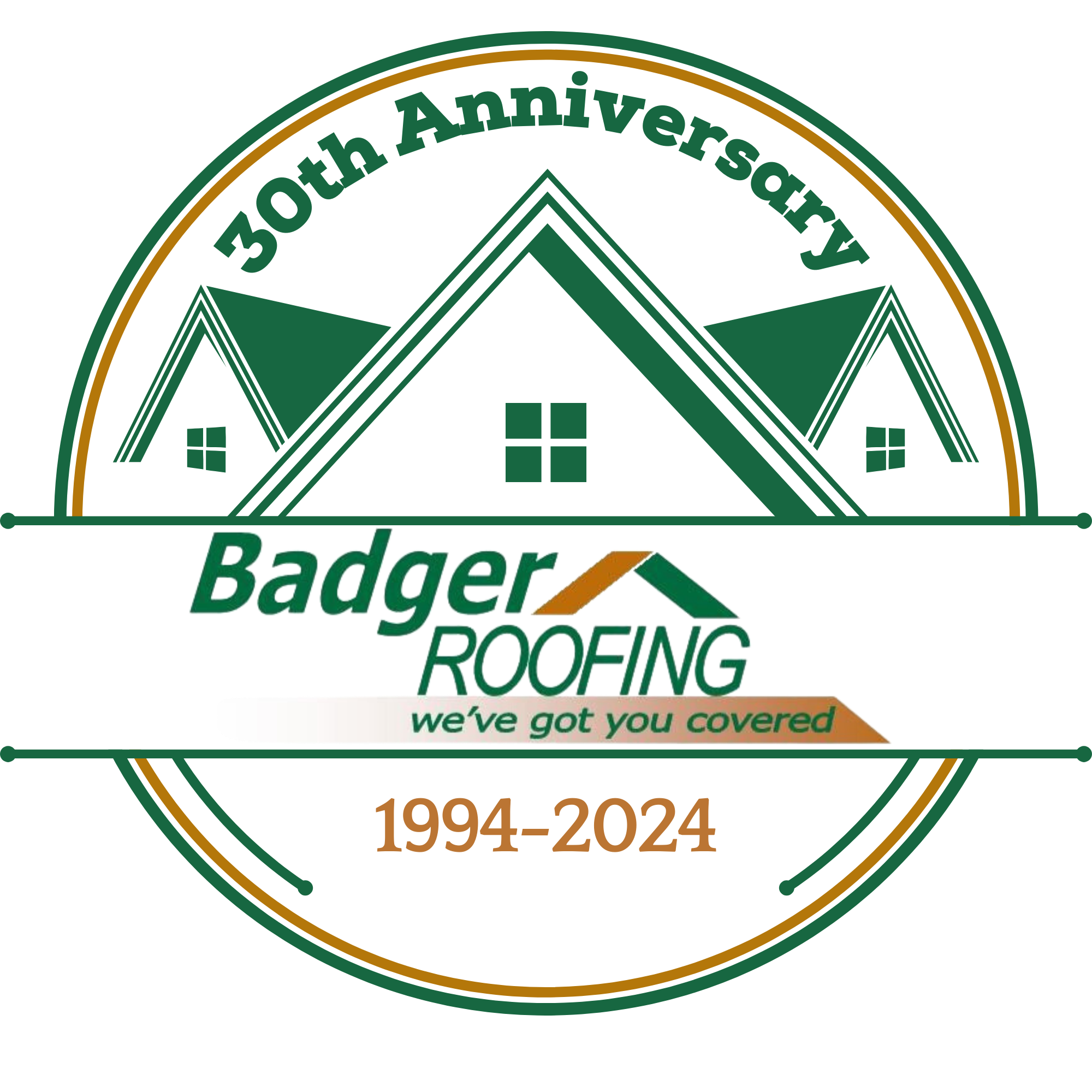Very often our roof is not on our minds— at least until it starts to leak. In addition to keeping the house dry, the roof contributes greatly to the look of the house, so when building a new house, adding on, or re-roofing, it may pay to consider the options. When it comes to roof remodeling, there are a number of areas homeowners need to be aware of—from selecting a contractor to the actual start of work of the roof remodeling.
How do I find a professional roofing contractor for my roof remodeling?
Not surprisingly, there are a number of pitfalls to which homeowners can fall victim, including evaluating and hiring a contractor without a personal interview, judging estimates on low price only, selecting products without comparison shopping, and not understanding reroofing basics. We suggest reading our brochure Choosing a Professional Roofer which outlines what questions to ask in evaluating a roofing contractor. You’ll find that being prepared and knowing what to expect when reroofing work begins will help ensure your ultimate satisfaction with your new roof. For more information view our Guidelines for Selecting a Roofing Contractor article .
Selecting a product
There are several areas to look at when choosing a roofing shingle. To begin, you need to measure your roof. Shingles are priced per square; a square is defined as 100 square feet. Asphalt shingles, which consumers use the most, can cost from $50 to $150 per square. Keep in mind that these costs don’t always include the expense of removing the old roof or the labor involved in a professional installation.
The manufacturer’s warranty can range from 20 years to lifetime. The length of the warranty is an indicator of performance and value. The contractors’ guarantee is usually for one to five years on the average. It is also important to determine the contractor’s intent to stand behind his workmanship and to service a valid complaint in a reasonable time period.
Some roof slopes can limit the choice of shingles that can be used. The slope of the roof is measured by the rise versus the run, or the number of inches vertically by the number of feet horizontally. Your roofing contractor will determine your roof slope and guide you to what type of shingle will be best for your roof.
Other factors to consider in roof remodeling
Although you will be hiring a professional roofing contractor to reroof your home, you should familiarize yourself with certain aspects of the reroofing process. There are various conditions about your roof that may limit your product choices or affect the cost of your roofing job. Here’s a list of questions and answers that are relevant to the reroofing process.
1.) Do I need to obtain a permit to install a new roof on my home?
Some local ordinances require permits be obtained prior to the start of roofing work in both new and some reroofing jobs, depending on the locale. If a permit is required, discuss with your contractor who will obtain it and how it will be obtained.
2.) Is it always necessary to tear off existing shingles before reroofing? If they are torn off, who is responsible for the disposal of the old shingles?
There are two options available for reroofing installations. One would be to tear off the old roof before applying the new one (tear off). The second would be to lay new shingles over the existing roof (lay over). While the second choice is the less expensive of the two options, it is not necessarily always the best choice.
There are advantages to tearing off the old roof before installing a new one. For example:
- If there are any defects in the roof deck, they will be revealed when the roof is torn off. These defects should be repaired before applying the new roof.
- If condensation problems exist in the attic, they too will be revealed when the roof is torn off. Properly designed attic ventilation can then be installed in order to help eliminate such problems.
- When the old roof is torn off, waterproofing shingle underlayment can be installed before applying the new roof. This will help protect against leaks created by cyclical ice damage and wind-driven rain.
- Tearing off the old roof and starting with a clean deck before reroofing may result in a smoother finished roof system.
Although there is added cost to these advantages, each lessens the likelihood that the validity of the manufacturer’s shingle warranty will be impaired. If the old roof is torn off, your contractor should be responsible for the cleanup and disposal of the old shingles, but make sure your contract states this clearly.
3.) Why is it said that a roof should breathe? How can you determine if the roof is properly ventilated?
When contractors say a roof should breathe, they are usually referring to the ventilation system beneath the roof deck. Most shingle warranties require ventilation. An effective ventilation system will help:
- Reduce attic heat buildup
- Reduce attic moisture and condensation
- Prevent weather infiltration, i.e., drifting snow, wind-driven rain
- Prevent ice dam build-up
4.) What function does shingle underlayment serve?
Some local building codes and UL standards require that a shingle underlayment (also known as roofing felt) be installed. Also, some manufacturers offer a special water proofing underlayment product (such as CertainTeed’s WinterGuard) which prevents leaks caused by water backup from ice dams—a common condition in many winter snow areas. Protection against ice dams can be obtained by using a waterproofing shingle underlayment at the eaves or lower edges of the roof, in addition to installing adequate ventilation and proper insulation in the attic floor. View our Preventing Ice Dams article.

Recent Comments